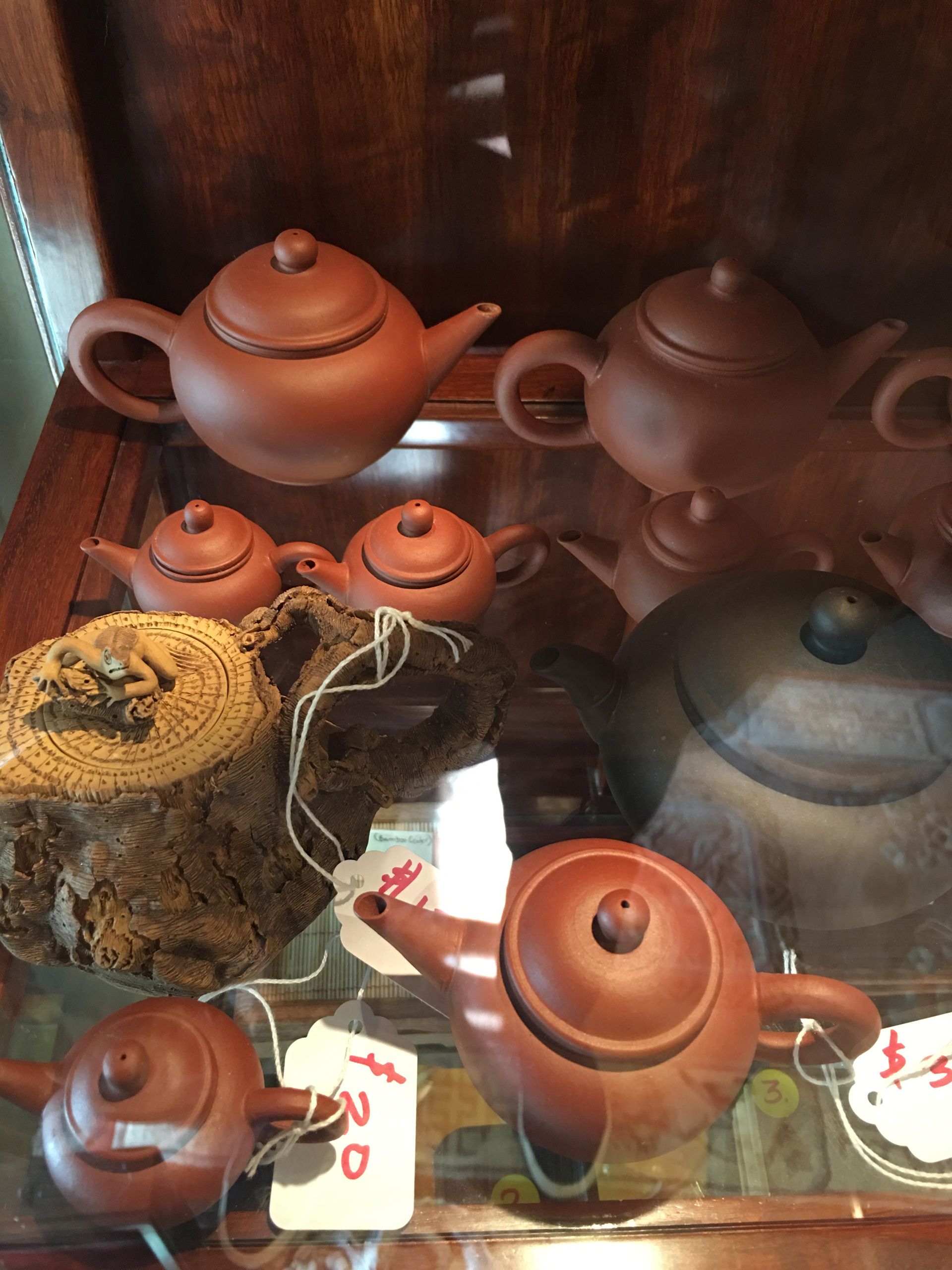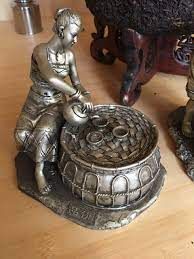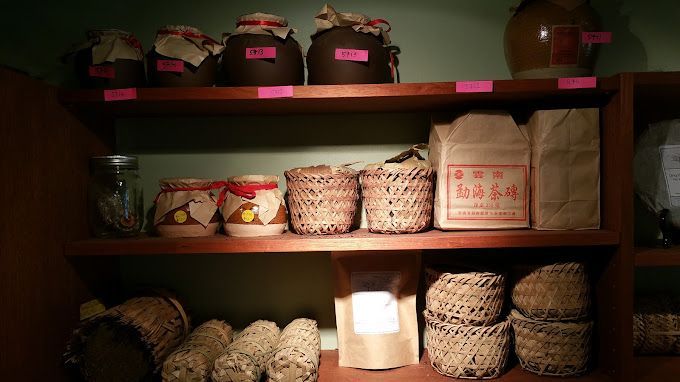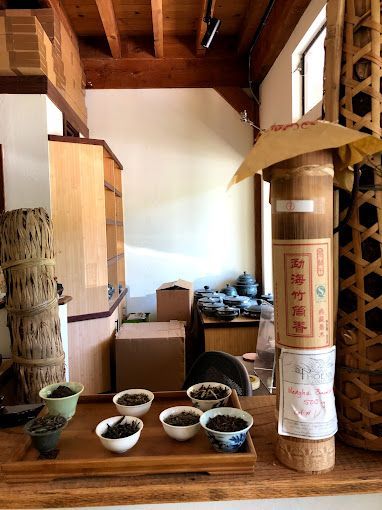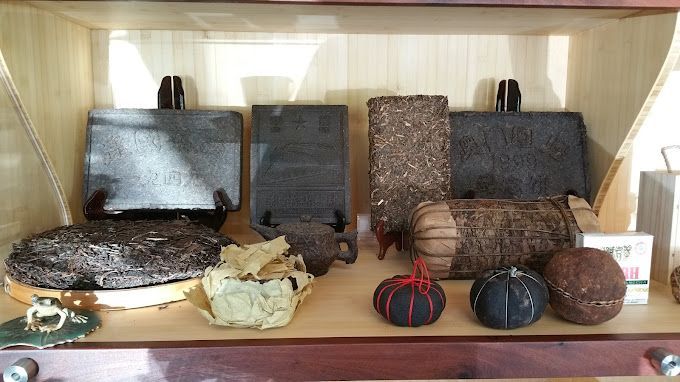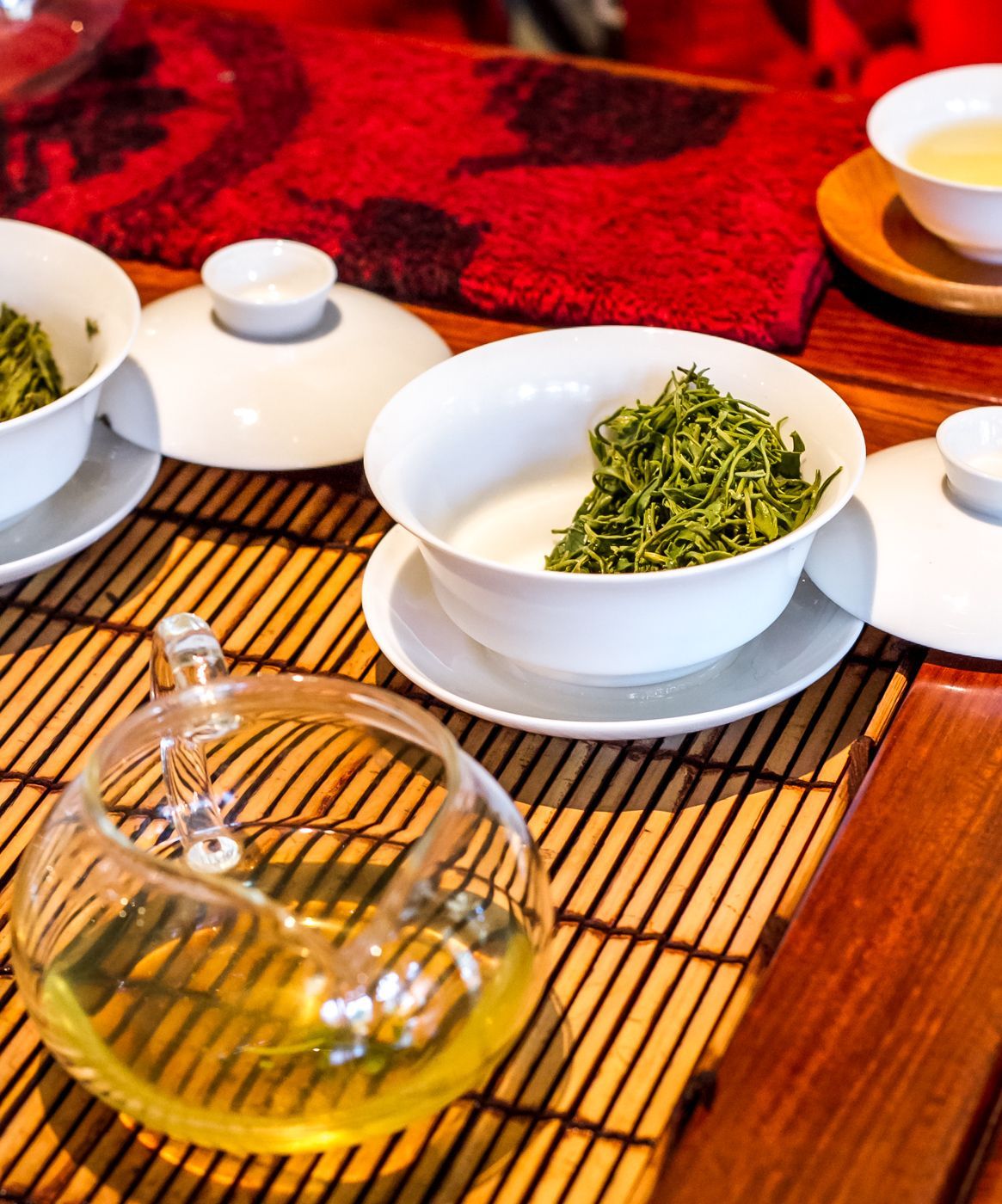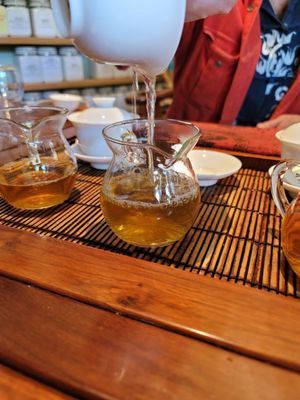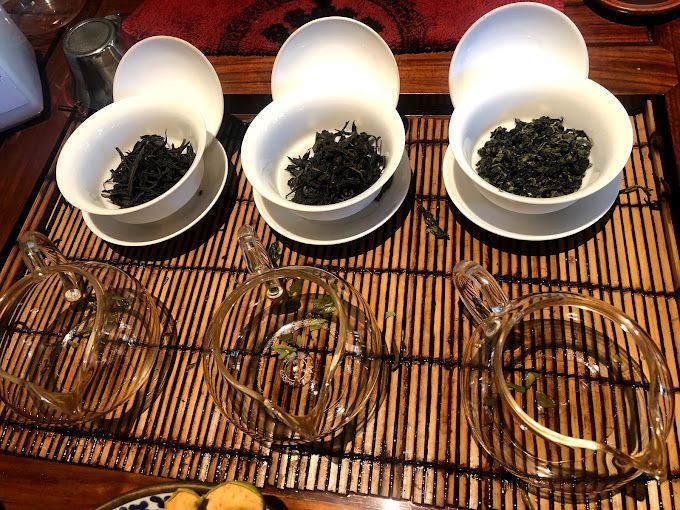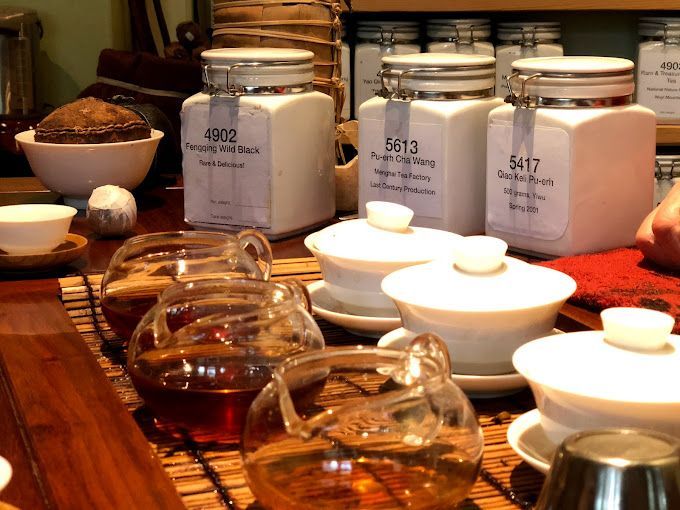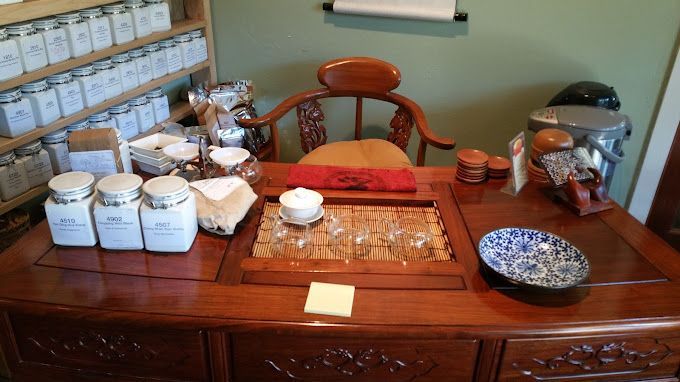Website in progress - new teapots added every week
The Tea Museum
The Tea Museum
With gratitude and to return the favor, the concept of offering an exhibit for the Asian Art Museum was born. The theme would be the relationship between tea and bamboo. They have had a long history together. I have been very excited for this undertaking. I was making two to three trips every year to China times purchasing teas for my growing business. I kept my eyes open during these trips for anything that could enhance the Tea & Bamboo Exhibit. Yixing ceramics from Jiangsu Province and Jian Shui teapots from Yunnan were always a wealth for ceramics but it was in Yunnan where I discovered a cornucopia of very unique tastes coming from the “Bamboo Fragrance” Pu-erhs, a blanket term used to describe any of the teas produced and enclosed within sections of bamboo. Yunnan has 25 ethnic minorities, most of which produce some form of this tea. Nowadays most of these “Bamboo Fragrance” teas seen in the market are simply bamboo sections used as a container to hold some kind of Pu-erh. Some factories are even pressing loose-leaf teas through steel pipe to mimic the appearance of authentic bamboo teas.
By the mid ‘90s I was purchasing tea by full containers. Seen as a serious buyer with tea suppliers, “scouts” were sent out to comb the mountains for this style of tea. They were all hand-crafted by some farmer’s hands, not mass-produced in a factory. The first lots collected had the bamboo removed for ease of transportation and shipping. They soon learned I wanted the teas intact in the original bamboo. I always thought the Tea & Bamboo Exhibit would be enhanced in conjunction with a tea tasting along with examples of these teas that could be sold in their gift shop.
The Tea Museum
All Rights Reserved | The Tea Museum
Privacy Policy
